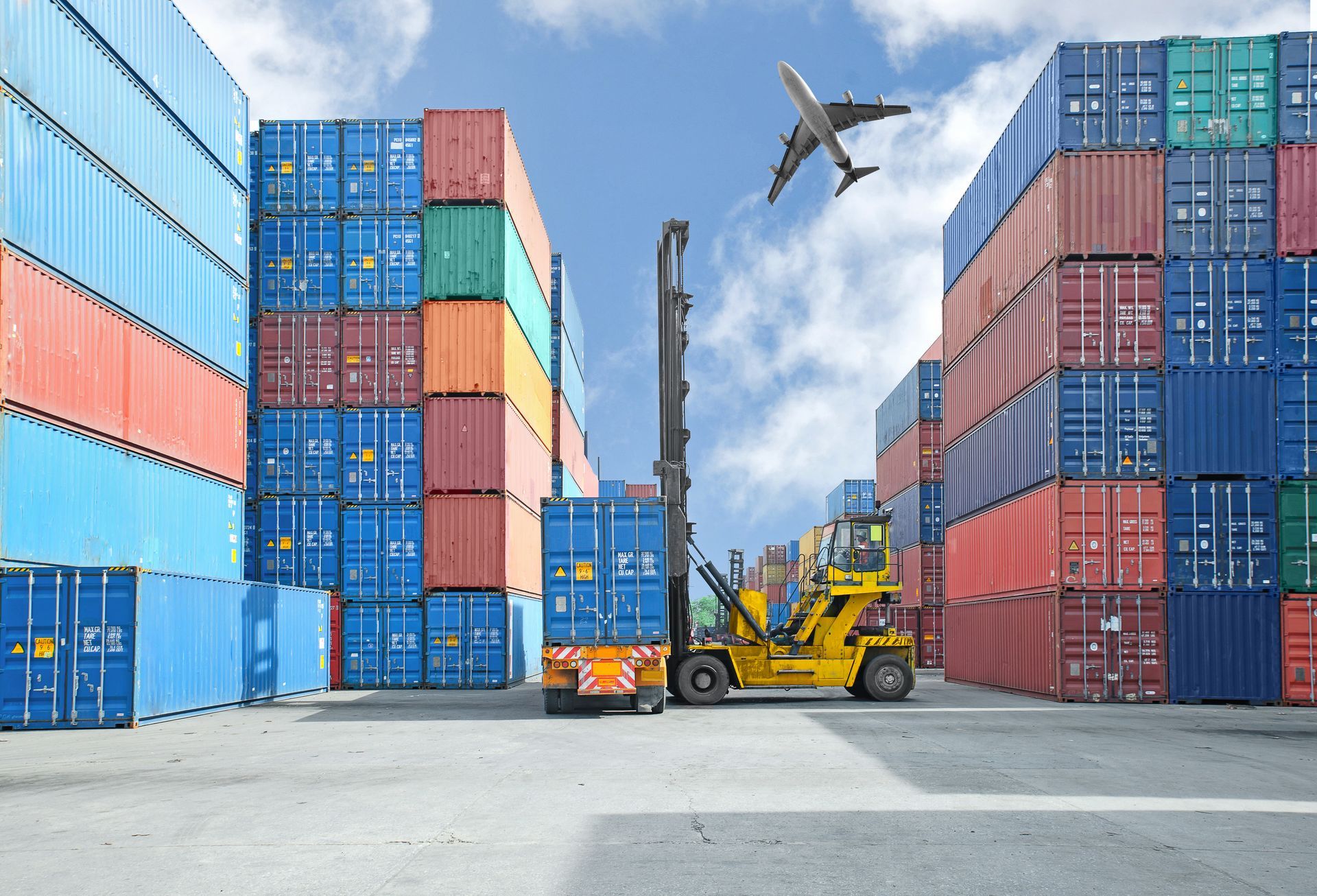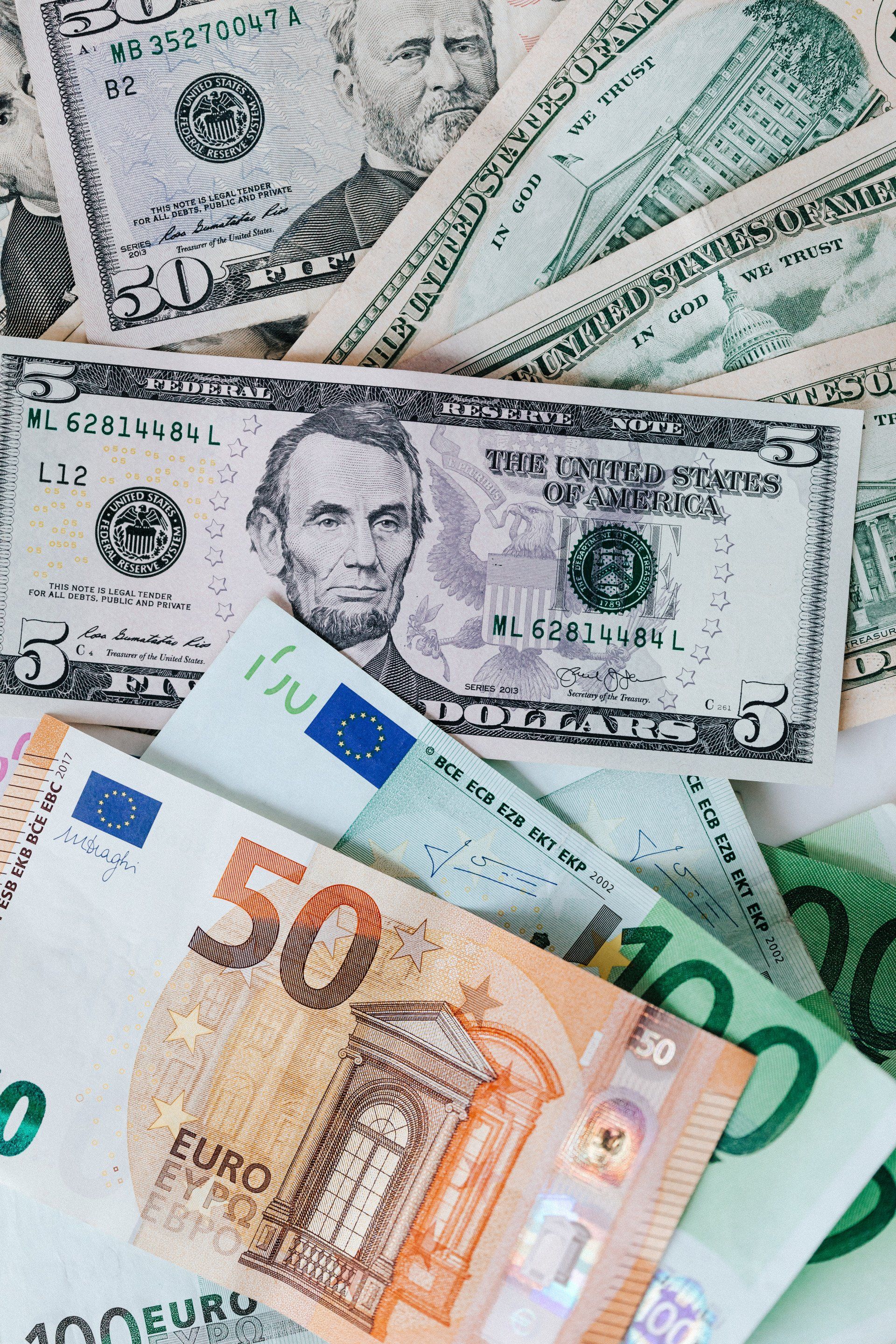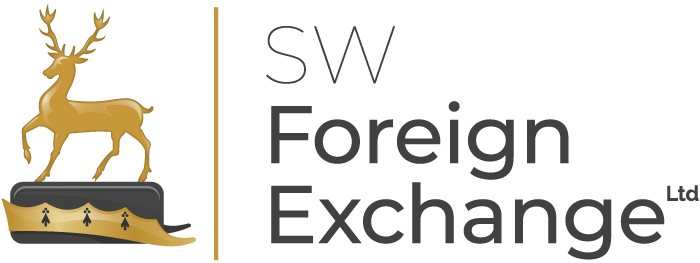Q1 review: Ongoing political, economic and financial events affecting your currency prices?
As we approach the end of the first quarter of 2025, a lot has happened in the foreign exchange (FX) market, most of this has been driven by economic policies, geopolitical events, and especially a new US president.
Economic policies affecting FX strategies
The European Central Bank (ECB) has reduced its deposit rate by 100 basis points, equal to 1%, to 3.0% during 2024, with markets anticipating further cuts in 2025 to support the eurozone economy.
The Bank of England also lowered its bank rate by a total of 50 basis points or 0.5% to 4.75% through two rate cuts, reflecting a cautious approach amid mixed economic signals. The Bank of England has tended to follow the US’s Federal Reserve with its interest rate cuts.
The Fed has maintained the federal funds rate of 4.50%. The most recent rate adjustment was made on December 18, 2024, when we saw a 25 basis point or 0.25% cut. There have been no cuts so far this year, but two more are anticipated before the end of 2025.
As far as the two most popular FX cross currency pairs in the UK, the GBPUSD and GBPEUR, you can see clearly what the effect has been from ongoing political, economic and financial events. How have these currency prices affected you and your business and what you have done about it?
First up the US dollar. We have seen big swings in the marketplace, certainly brought on by the expectation of President Trump at the beginning of January followed by unpredictable economic and trade policies that have raised concerns among investors about the potential negative impact on the US economy.
Other major economies have shown resilience and growth, making their currencies more attractive relative to the dollar. For instance, the British pound recently climbed above $1.30 for the first time since November, bolstered by persistent inflation in the UK and perception that the Bank of England may delay interest rate cuts.
Gains for importers and exporters
What have importers and exporter gained from these movements? Hopefully, if they have followed the trend, exporters would have waited until obvious signs that the dollar was strengthening following Trump coming to office and potentially hedged themselves, selling the dollar hopefully in the low $1.20s. There was talk that parity might be on the cards, but it never did materialise.
Once the weakness of the dollar emerged, exporters quickly jumped in and it was for the importers to then see what rise there would be. Around $1.25-$1.26 was always going to a good level to buy in on and if the dollar weakened further, as it did, then extra profit could be taken the next time around.
Now for the euro. Compared with the dollar, as far as volatility is concerned - the percentage difference between how high and low the dollar got, known as the range - we haven’t seen as much movement. In percentage terms, the range of the USD 7.40% and the euro 3.05%.
The escalating trade tensions between the EU and the US have significantly impacted the euro's value. Recent threats of tariffs from the Trump administration have heightened market uncertainty, leading to fluctuations in the EURUSD exchange rate. This has affected the value of the euro against the pound.
Basically, the euro's movements in 2025 have been driven by EU/US trade tensions, shifts in German fiscal policy, and expectations surrounding ECB monetary policies.
What have importers and exporter gained from these movements of the pound against the euro?
In the months leading up to the New Year, there was very little volatility was very small so any decision to hedge was potentially taken on above or below the 1.20 mark but only short term. Importers who hedged were happy when they saw the euro strengthen up until Trump came in. This was potentially the sign for exporters to hedge themselves and make a couple of cents of currency profit while keeping their prices competitive.
With such small percentage movement, we certainly did not see as much hedging as with the USD, but at least the volatility of the market has been almost best for both worlds and given both importers and exporters the opportunity to do something or nothing.
If, however, you did not hedge at all within this period, then it might be something to look at in the future. It is important to remember, you are never going to get your forward hedges right all the time, but it is much better to talk them out and manage your risk successfully than never hedge at all. it does not matter how good or tight your spot margin is. If you have forward bought or sold and the market moved the right way, then your well bought forward will always be better that your tight margined spot.
For any business, the volatility of the market is especially important to those of you operating in the international marketplace; more so if you are handling foreign currencies on a daily basis. There really does not need to be any risk involved if positions, deals, and purchases are covered and short-term profit realised.
If you would like to discuss any strategy mentioned in this blog or anything else about FX management then, please do give us a call. There is no obligation. It is just a free chat about what could be achieved.




